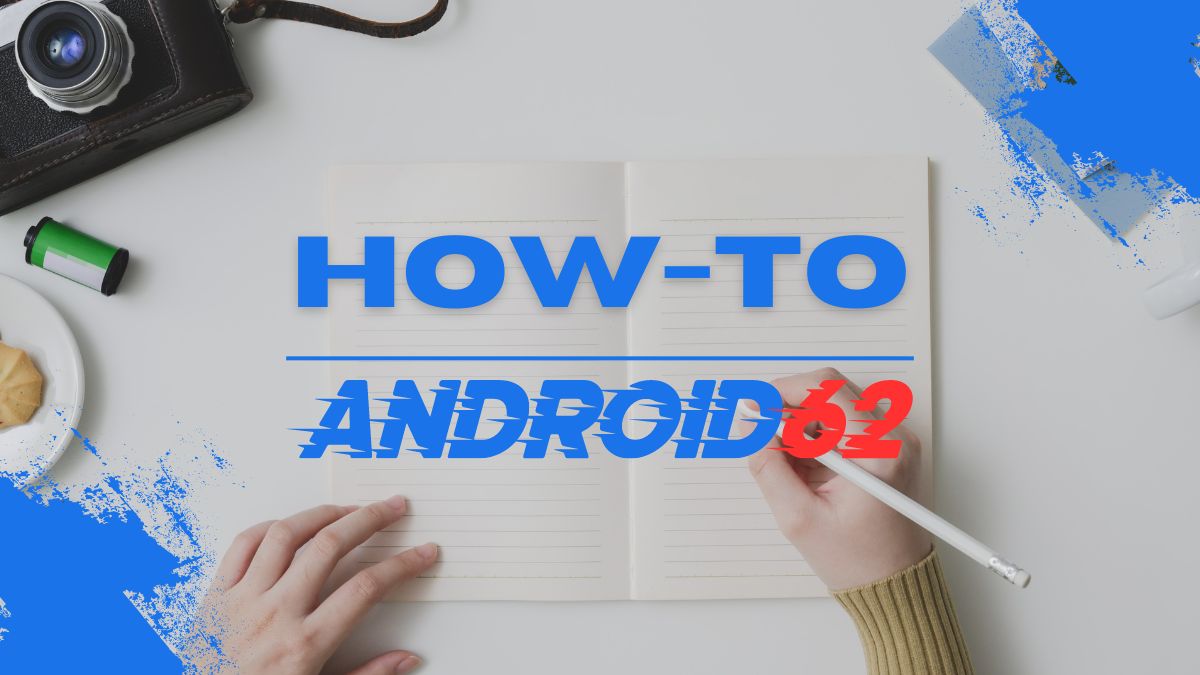
Turning the screen on your iPhone allows for a seamless and personalized user experience. Whether you want to rotate your screen for multitasking or simply adjust it for better viewing, understanding how to control this function can enhance your interaction with your device. This guide will explore the various methods and settings that enable screen rotation on your iPhone, addressing common issues and tips for optimal usage.
The Basics of iPhone Screen Rotation
Understanding the fundamental aspects of iPhone screen rotation is essential for making the most of your device. Most iPhones come with an orientation sensor that automatically adjusts the screen based on how you hold your phone. It allows for a fluid transition between portrait and landscape modes, depending on your activity.
How Screen Rotation Works
When you turn your iPhone, the built-in accelerometer detects the change in orientation and signals the device to switch from portrait to landscape, or vice versa. This functionality is designed for various applications, including gaming, video streaming, and browsing. Knowing how to activate and troubleshoot screen rotation is vital for an excellent user experience.
Enabling Screen Rotation on Your iPhone
To turn your iPhone screen, you may need to check certain settings to ensure that screen rotation is enabled. This section will walk you through the steps to activate this feature.
Step-by-Step Guide to Enable Screen Rotation
Check Orientation Lock:
- Swipe down from the upper-right corner of your screen to open the Control Center. Look for a padlock icon with a circular arrow around it. If it’s highlighted, orientation lock is enabled. Tap on it to disable.
Rotate Your Device:
- With orientation lock disabled, physically rotate your iPhone to see if the screen switches from portrait to landscape.
Adjust App Settings:
- Some applications may have their rotation settings. For instance, apps like Zoom may allow you to lock the screen orientation within the app itself. Ensure that the app you are using supports screen rotation.
- Restart Your Device:
- If your screen still doesn’t rotate, try restarting your iPhone. This action can resolve minor software glitches that might affect the screen rotation feature.
Additional Tips for Screen Rotation
- Make sure your iPhone is running the latest version of iOS, as updates may affect functionality.
- If your device is equipped with a screen protector, check to ensure it does not obstruct sensors.
Troubleshooting Screen Rotation Issues
Sometimes, users may encounter problems with screen rotation, even when all settings appear correct. In this section, we will address common issues that affect screen rotation on iPhones and provide solutions.
Identifying Rotation Issues
Screen Lock Status:
- Make sure to double-check the orientation lock setting to ensure it’s not preventing screen rotation.
App-Specific Behavior:
- Confirm that the specific app you are using supports rotation. If it does not, the screen will remain locked in its current orientation.
Device Orientation Sensor Malfunction:
- If your iPhone’s orientation sensor is malfunctioning, rotating the device will not trigger a change in screen view.
- Reset App Preferences:
- Sometimes, resetting the app’s preferences can solve screen rotation issues. This can be done by force-closing the app and restarting it.
Fixing Hardware Problems
If issues persist after trying the software-based solutions, you might face a hardware problem. Here are some tips to investigate further:
- Check for Physical Damage: Examine your device for any cracks or damage affecting internal components.
- Professionals Help: If you suspect hardware issues, it’s advisable to take your device to an Apple-certified technician.
Understanding Orientation Lock and Its Uses
Orientation lock is a feature that allows users to keep their iPhone screen in a fixed position, regardless of how they hold the device. Understanding when and how to use orientation lock can improve your overall user experience.
When to Use Orientation Lock
- Reading or Viewing Content: When you’re reading an article or using apps that benefit from a consistent orientation, locking the screen in place can prevent unwanted changes.
- When Using a Stand or Car Mount: Situations where your phone remains stationary, orientation lock prevents the screen from rotating unexpectedly.
- Playing Games: Some games perform better in a fixed orientation, providing a more immersive experience when locked.
How to Enable Orientation Lock
Accessing Control Center:
- For iPhones without a Home button, swipe down from the upper-right corner; for older models, swipe up from the bottom edge.
Activating Orientation Lock:
- Look for the orientation lock icon (padlock with a circular arrow) and tap it to enable or disable the feature.
- Confirming Lock Status:
- A notification will appear on your screen that indicates whether the lock is active.
Customizing Screen Rotation for Individual Apps
Some apps offer user-defined settings that override the general orientation settings of the device. This flexibility allows users to choose how their screens behave based on the content they are engaging with.
App-Specific Orientation Settings
Many media applications, such as video players and gaming apps, include specific settings where users can toggle orientation preferences.
Video Apps: When watching videos on platforms like Netflix or YouTube, the screen typically rotates to landscape automatically when you turn your device. Some apps allow you to choose a locked orientation to avoid interruptions.
- Editing Apps: Apps like iMovie or Photoshop for iOS may require a specific orientation for optimal use, and this can be controlled manually within the app settings.
Activating Rotation Settings in Apps
To set orientation preferences in individual apps, follow these steps:
Open the App and Access Settings:
- Navigate to the app’s settings menu, usually found within the profile or settings icon.
Look for Orientation Options:
- Check for rotation-related options, often labeled something like "Display Orientation" or "Screen Rotation."
- Select Your Preferred Option:
- Based on your needs, select your choice—portrait, landscape, or whatever suits your current activity.
Best Practices for Maximizing iPhone Screen Usage
Adopting best practices can enhance the overall use of your iPhone screen, leading to a more enjoyable experience. The following tips will help you to get the most out of your device’s screen features.
Adjusting Brightness and Display Settings
Automatic Brightness Adjustment:
- Enable automatic brightness to allow your iPhone to adjust the screen brightness based on ambient light conditions. This feature supports better visibility and conserves battery life.
- Night Shift and True Tone:
- Activating Night Shift reduces blue light exposure in low-light conditions, making it easier on the eyes. True Tone automatically adjusts the white balance based on your surroundings.
Optimizing Display Zoom
iPhones also offer display zoom settings for those who prefer larger interface elements. This can enhance the viewing experience, particularly for users with visual impairments.
Navigate to Settings:
- Go to Settings > Display & Brightness, then scroll to the View option.
- Choose Zoomed or Standard:
- Select your desired option and apply it to customize how elements appear on your screen.
Utilizing Split View on iPad and Multitasking Features
For iPad users, split view and other multitasking features can significantly enhance productivity. While this functionality is not available on iPhones, understanding how to utilize these features on an iPad can be worthwhile.
Utilizing Third-Party Apps for Advanced Features
Several third-party apps can further customize how you deal with screen orientations on your iPhone, adding to the default functionality.
Recommended Third-Party Apps
- Rotation Control: This app allows users to force specific screen orientations regardless of the app being used.
- Auto Rotate: Users can toggle rotation settings quickly, making managing orientation effortless during activities like gaming or streaming.
Installation and Usage
Downloading Apps:
- Open the App Store, search for the desired app, and install it as you would any other application.
- Adjusting Settings:
- Once installed, navigate through the app settings to tailor the orientation controls to your preference.
By understanding how to manage and manipulate your iPhone screen’s rotation features, you can enhance your overall experience, making everyday tasks simpler and more efficient. Enjoy using your device the way that works best for you!




